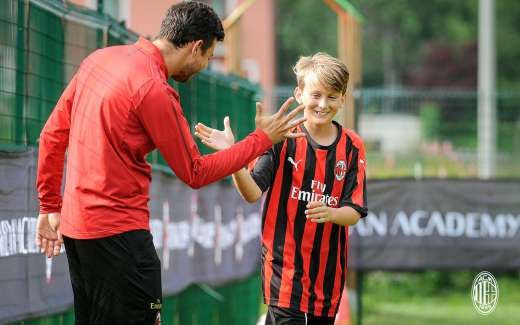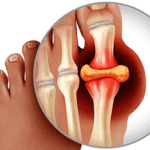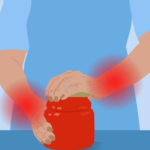Athletic trainers help keep student athletes safe, healthy and happy.
You’re chatting with your teen about sports practice when your budding athlete mentions the school’s athletic trainer. Admit it: Your first thought was, The school’s what?
If you’re a little fuzzy on the whole athletic trainer thing, you’re not alone. So what do these professionals do for student athletes and sports teams?.
Myth: Athletic trainers are the same as personal trainers.
No, they’re different. (But it’s a little confusing with those similar names.) Here’s the scoop:
- Personal trainers are fitness instructors who develop exercise programs for clients and help them reach their fitness goals.
- Athletic trainers are healthcare professionals who help prevent, assess and treat sports injuries and other medical problems.
Myth: The athletic trainer’s only job is to treat sports injuries.
Treating sprains, stress fractures and the like is a big part of the job. But that’s just for starters. Prevention, treatment, rehabilitation — athletic trainers perform many tasks. Think of us as a healthcare resource for athletes.
An athletic trainer can:
- Assess and treat injuries: They assess and treat orthopaedic injuries such as sprains and torn ligaments.
- Help with rehab: Once the injuries have healed, athletic trainers play a key role in rehabilitation. And they often develop return-to-play protocols to help players get back in the game safely.
- Provide emergency care: Athletic trainers are trained to jump in when there’s an emergency, including cardiac arrest or a spinal injury. They can administer CPR if someone stops breathing or use an automated external defibrillator (AED), an electronic device that can restart a stopped heart.
- Assess and treat concussions: Athletic trainers assess athletes for signs of concussion and help them return to play safely.
- Treat sports-related illnesses: From heatstroke to stomach bugs, athletic trainers can spot all sorts of illnesses, and often treat them, too. (And they can help coordinate care with your child’s doctors.)
- Work on injury prevention: Athletic trainers help athletes understand best practices and healthy habits to prevent them from getting hurt in the first place.
Myth: Anyone can be an athletic trainer.
Sure — but only if they do the work and get certified. Athletic trainers are required to have a bachelor’s degree from an accredited athletic training program. The majority have a master’s degree or higher. To become a certified AT, they have to pass an exam given by the Board of Certification for the Athletic Trainer.
Myth: Athletic trainers are for the pros.
Not at all. Athletic trainers in high schools were less common a generation ago, so don’t feel bad if you’re not up to speed. But these days, more and more high schools — and even middle schools — are adding athletic trainers to the staff.
In other words, your student athlete is probably much more familiar with athletic trainers than you are!
Still, it never hurts to remind your child that athletic trainers are a resource they can rely on. They might be a little unclear on the whole thing too — especially if they’re new to team sports. And sometimes, kids are hesitant to talk to the athletic trainer if they think something is wrong.
Some kids don’t want to come see us because they’re afraid they’ll be taken out of the game. But our goal is to treat injuries early so we can keep them in the game. No parents like to imagine their child getting hurt during a game or practice. But it’s nice to know there’s a healthcare pro on hand, just in case.





